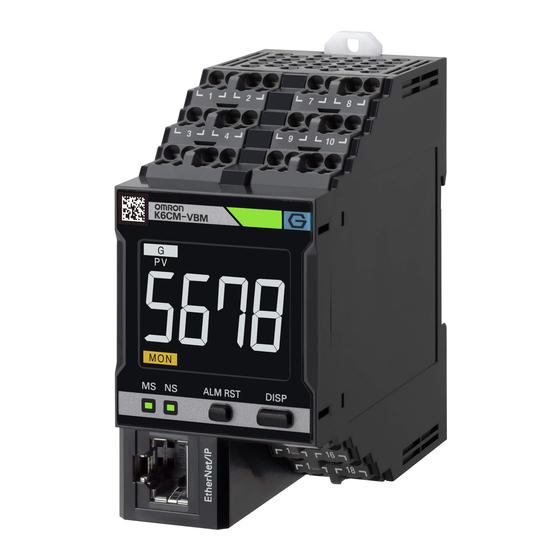
Omron K6CM Usage Manual
Condition monitoring configuration tool
Hide thumbs
Also See for K6CM:
- User manual (315 pages) ,
- Startup manual (36 pages) ,
- User manual (206 pages)

















Need help?
Do you have a question about the K6CM and is the answer not in the manual?
Questions and answers